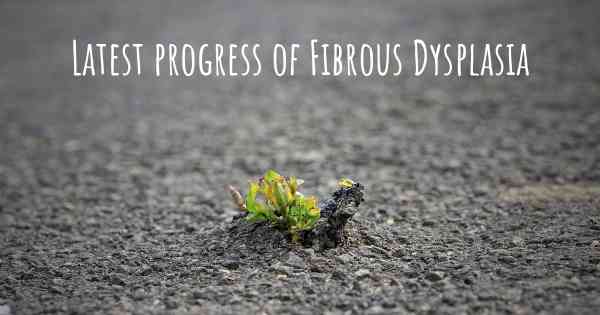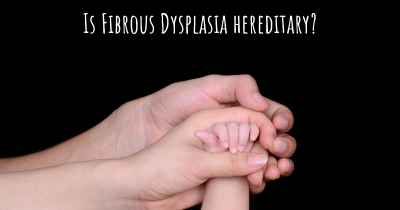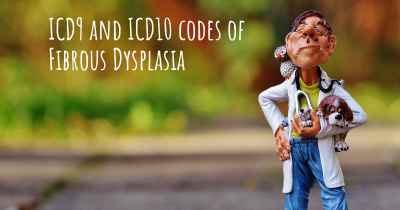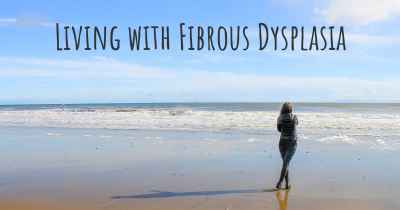What are the latest advances in Fibrous Dysplasia?
Here you can see the latest advances and discoveries made regarding Fibrous Dysplasia.

Fibrous dysplasia is a rare bone disorder that primarily affects the development and growth of bone tissue. It is characterized by the abnormal replacement of normal bone with fibrous tissue, leading to weakened and deformed bones. While there is no cure for fibrous dysplasia, significant advancements have been made in understanding the condition and developing treatment options to manage its symptoms.
Genetic Discoveries:
Recent research has shed light on the genetic basis of fibrous dysplasia. It has been found that the majority of cases are caused by a mutation in the GNAS gene, which regulates the production of a protein called Gs alpha. This discovery has not only improved our understanding of the disease but also opened up new avenues for targeted therapies.
Targeted Therapies:
One of the most significant advances in the treatment of fibrous dysplasia is the development of targeted therapies that aim to inhibit the overactive Gs alpha protein. Several drugs, such as bisphosphonates and RANK ligand inhibitors, have shown promising results in reducing bone pain, improving bone density, and preventing fractures in patients with fibrous dysplasia. These targeted therapies have the potential to revolutionize the management of the disease and improve the quality of life for affected individuals.
Surgical Techniques:
Surgical interventions have also seen advancements in the management of fibrous dysplasia. In cases where the disease causes severe bone deformities or functional impairments, surgical procedures can help correct the abnormalities and restore normal bone structure. Techniques such as osteotomies, bone grafting, and internal fixation have been refined to achieve better outcomes and minimize complications.
Imaging Techniques:
Advancements in imaging techniques have greatly contributed to the diagnosis and monitoring of fibrous dysplasia. High-resolution imaging modalities, such as computed tomography (CT) and magnetic resonance imaging (MRI), allow for detailed visualization of bone lesions and help in assessing disease progression. Additionally, positron emission tomography (PET) scans can provide valuable information about metabolic activity in affected bones, aiding in treatment planning and monitoring response to therapy.
Collaborative Research:
The field of fibrous dysplasia research has witnessed increased collaboration among scientists, clinicians, and patient advocacy groups. This collaborative approach has facilitated the sharing of knowledge, resources, and patient data, leading to a better understanding of the disease and accelerated progress in developing effective treatments. International conferences and research networks have been established to foster collaboration and promote interdisciplinary research in the field.
Improved Patient Care:
Advancements in fibrous dysplasia research have not only focused on medical interventions but also on improving patient care and support. Patient education resources, support groups, and online communities have been established to provide information, emotional support, and a platform for individuals affected by the condition to connect with others facing similar challenges. These initiatives have significantly contributed to enhancing the overall well-being and quality of life for patients with fibrous dysplasia.
In conclusion, significant progress has been made in understanding and managing fibrous dysplasia. Genetic discoveries, targeted therapies, surgical techniques, imaging advancements, collaborative research, and improved patient care have all contributed to better outcomes for individuals with this rare bone disorder. While there is still much to learn and explore, these recent advances offer hope for a brighter future for those affected by fibrous dysplasia.
Posted Jun 9, 2017 by Lisa Hill 2050
Posted Jul 21, 2017 by Debra 2000
Posted Oct 7, 2017 by Kiesha brown 3050
Posted Oct 23, 2020 by anna_d09 2500








